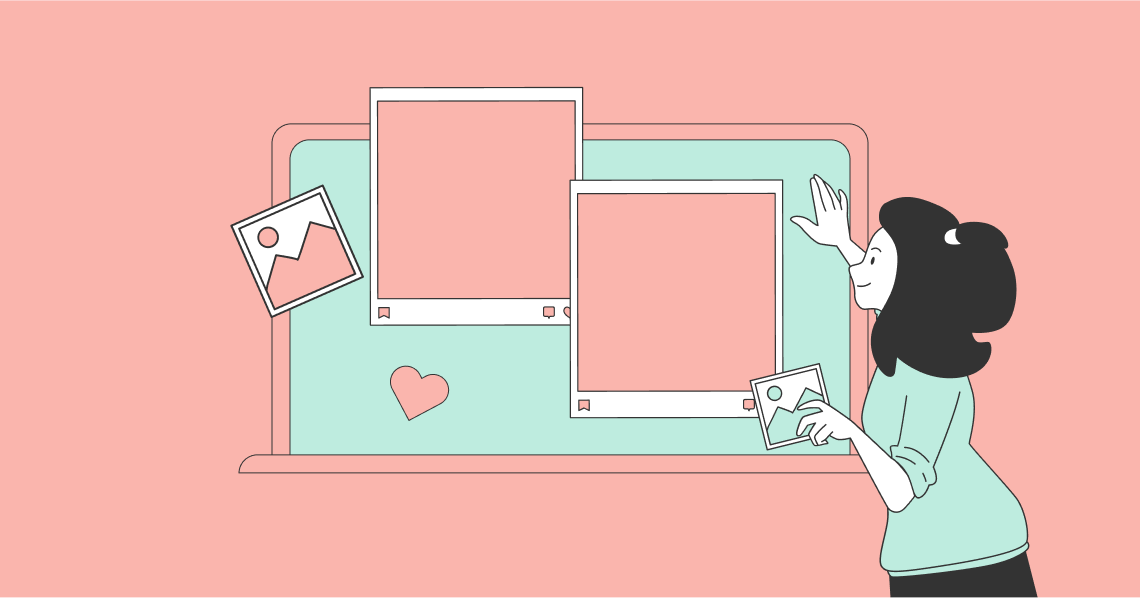An emoji is a small icon used to represent an emotion, symbol or object. The first emoji were created in 1999 by Japanese artist Shigetaka Kurita. Kurita worked on the development team for “i-mode,” an early mobile internet platform from Japan’s main mobile carrier, DOCOMO. Emojis quickly became popular in Japan before rapidly spreading across the world.
Emoji commonly appear in communication applications. Over the years, emoji have appeared on everything from popular social networking platforms like Instagram and SnapChat to business communication systems like Slack.
The psychological benefits of using emojis
Why are emoji so powerful? The use of emoji increases engagement on social posts. But the main reason is that emoji are easily understood. Every customer can relate to emoji and understand exactly what the emoji is trying to tell them. In fact, brands who use emoji in the subject lines of their emails see a 45% increase in open rates on average.
Not only are emoji understood at the universal level, they also benefit consumers at the psychological level.
- We react to them like we would a human face. Scientists have discovered that when we look at a smiley face online, the same specific parts of the brain are activated as when we look at a real human face.
- They create a happier workplace. Emoji could help employees in remote locations more accurately “read” the emotional content of a message. Emoji could also help mitigate cyber aggression and conflict over email by clarifying messages and giving the conversation a more “light-hearted” tone.
- They make you happier in general. A 2008 study found that emoji users experience a “positive effect on enjoyment, personal interaction, perceived information richness, and perceived usefulness.” The study added that emoji are “not just enjoyable to use, but also a valuable addition to communication methods.”
When to use emoji
Emojis typically add to ideas rather than replace words.
Here are the general rules of thumb for using emojis:
- Beware the eggplant. Yes, this ?. The first rule of emoji is simple: If a symbol looks like a particular part of the human body, that’s exactly what it is.
- Learn proper emoji sentence structure. For the most part, emojis act like punctuation, providing cues about how to understand the words that came before them. I think of them as next generation exclamation points — a sort of exclamation point 2.0. To that end, emojis should typically come at the end of a sentence or thought.
- Keep the situation in mind. Before flooding your message with emojis, carefully consider the situation, the person who will receive it, and the tone of your business communications. If you are writing to someone on a serious matter, emojis will probably not be appropriate; they can, however, soften a harsh message.
- Practice discretion. Regardless of the situation, emojis should never be used to totally replace actual words; they are only meant to add a bit of emotion to your message.
- Use only emojis you understand. Never use emojis for which you don’t fully understand the meaning. The office is not the place to experiment as you could inadvertently send the wrong message. The simplest and safest emoji to use is a version of the smiley face.
- Don't use emojis with a potential client. Consider emojis like slang. Use actual words instead. Again, keep it professional. Instead, focus on expressing yourself through well-thought-out emails and text messages that will build a person’s confidence in you.


